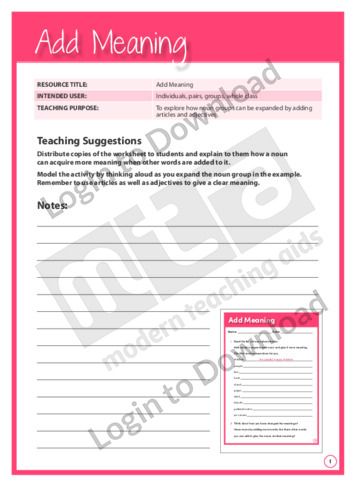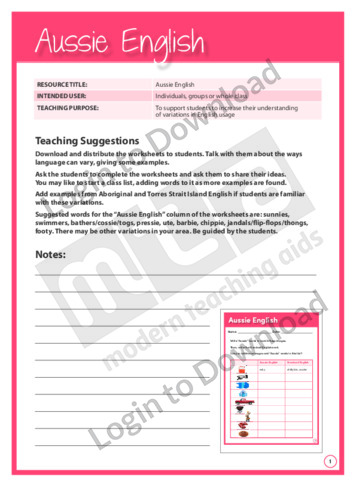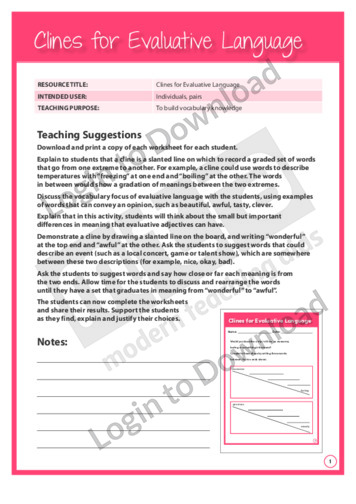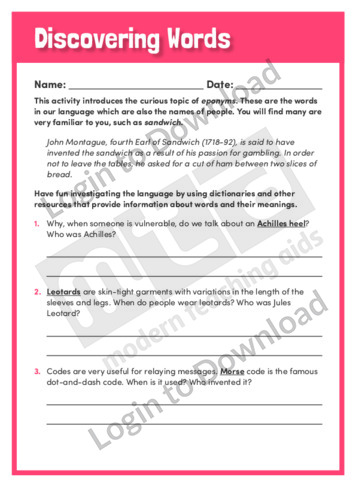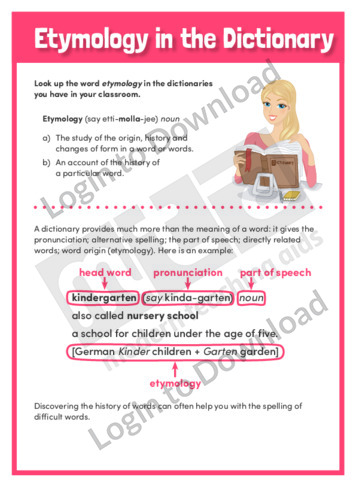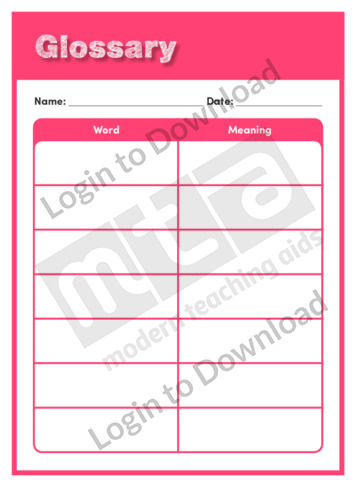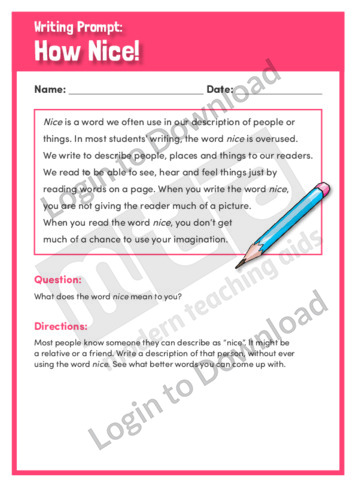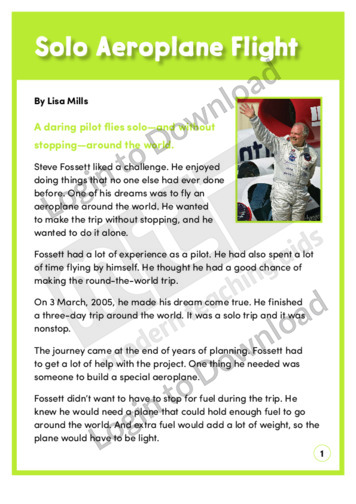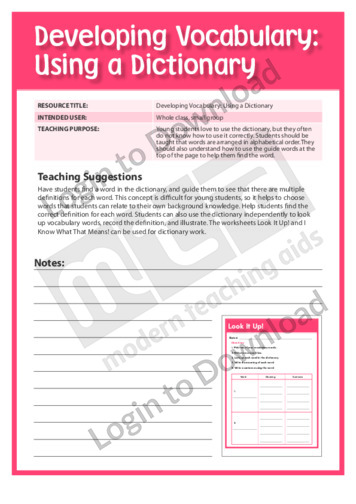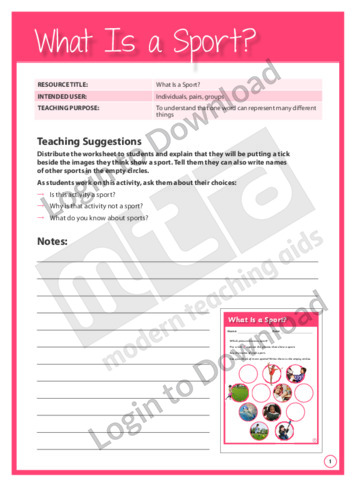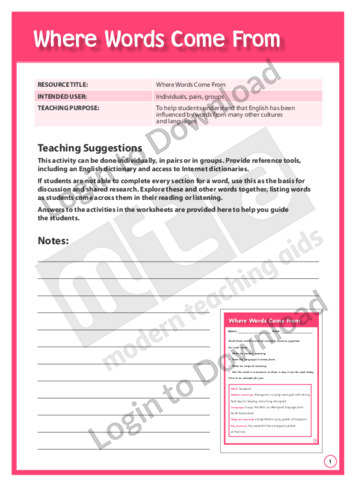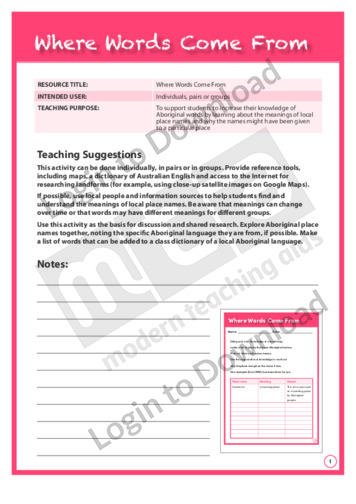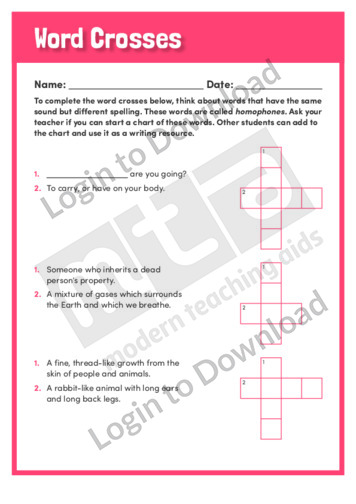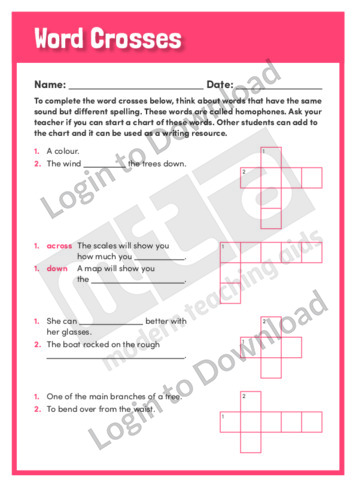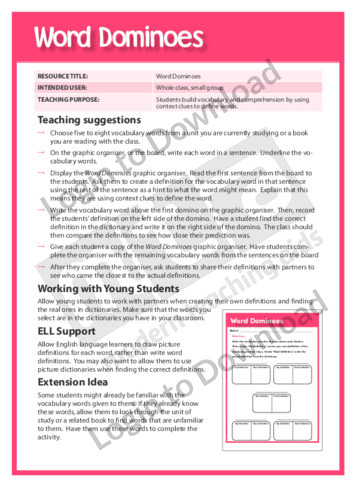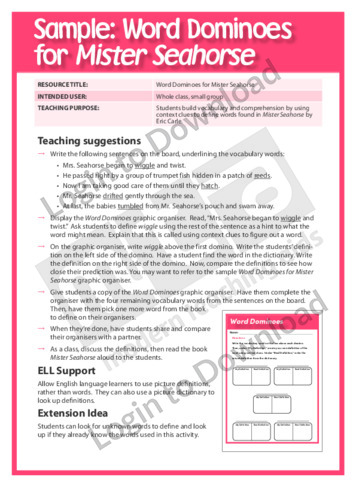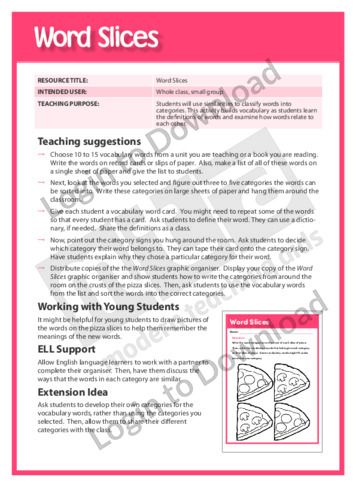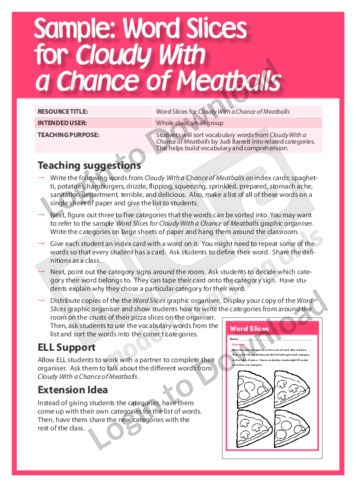This vocabulary activity, ‘Add Meaning’ supports language development by encouraging students to explore how noun groups can be expanded by adding articles and adjectives. It is aimed at developing students’ awareness of noun groups through an activity in which students will add words to expand the meaning of a noun.
This written language activity, ‘Aussie English’ supports language development by encouraging students to increase their understanding of variations in English usage. It asks students to identify and discuss Australian English terms.
This vocabulary activity, ‘Clines for Evaluative Language’ supports language development by encouraging students to build vocabulary knowledge. It is aimed at developing students’ awareness of evaluative language through an activity in which students record a range of words with a similar (evaluative) theme.
This vocabulary activity, ‘Clines for Evaluative Language’ supports language development by encouraging students to build vocabulary knowledge. It is aimed at developing students’ awareness of evaluative language through an activity in which students record a range of words with a similar (evaluative) theme.
This worksheet, ‘Discovering Words’ provides students with the opportunity to explore word origins.
This worksheet, ‘Discovering Words’ provides students with the opportunity to explore eponyms.
This worksheet, ‘Etymology in the Dictionary’ provides students with the opportunity to explore word origins.
This graphic organiser, ‘Glossary’ supports the teaching of reading and writing by giving students a template for recording new words and their meanings.
This writing prompt, ‘How Nice!’ helps students to write about the meaning of the word ‘nice’. It encourages students to think about word meanings and is aimed at broadening students’ writing and language skills.
This content area reading activity, ‘Solo Aeroplane Flight’ is a science based reading comprehension exercise encouraging students to look at multiple meanings of words.
This content area reading learning activity, ‘Using a Dictionary,’ teaches students how to use a dictionary. It helps students understand that words are arranged in alphabetical order and that guide words at the top of the page can help them find the word.
This vocabulary activity, ‘What Is a Sport?’ supports language development by encouraging students to understand that one word can represent many different things. It is aimed at developing students’ awareness of word meanings through a fun activity in which students will identify which images show a sport.
This vocabulary activity, ‘What Is an Animal?’ supports language development by encouraging students to understand that the meaning of a word can be related to many different words. It is aimed at developing students’ awareness of word meanings through a fun activity in which students will identify which images show animals.
This written language activity, ‘Where Words Come From’ supports language development by encouraging students to recognise that English has been influenced by words from many other cultures and languages. It is aimed at developing students’ awareness of the diversity of the English language through an activity in which students research the original and modern meanings …More
This written language activity, ‘Where Words Come From’ supports language development by encouraging students to increase their knowledge of Aboriginal words by learning about the meanings of local place names and why the names might have been given to a particular place.
In this worksheet, ‘Word Crosses’ students find homophones to solve clues.
In this worksheet, ‘Word Crosses’ students find homophones to solve clues.
This graphic organiser, ‘Word Dominoes’ helps students to increase their vocabulary and comprehension by using context clues to define words.
This graphic organiser, ‘Word Dominoes for Mister Seahorse’ helps students to increase their vocabulary and comprehension by using context clues to define words found in Mister Seahorse by Eric Carle.
This graphic organiser, ‘Word Slices’ asks students to use similarities to classify words into categories, then explore the definitions of the words and examine how words relate to each other.
This graphic organiser, ‘Word Slices for Cloudy With a Chance of Meatballs’ asks students to sort vocabulary words from Cloudy With a Chance of Meatballs by Judi Barrett into related categories.
It�s that easy!

